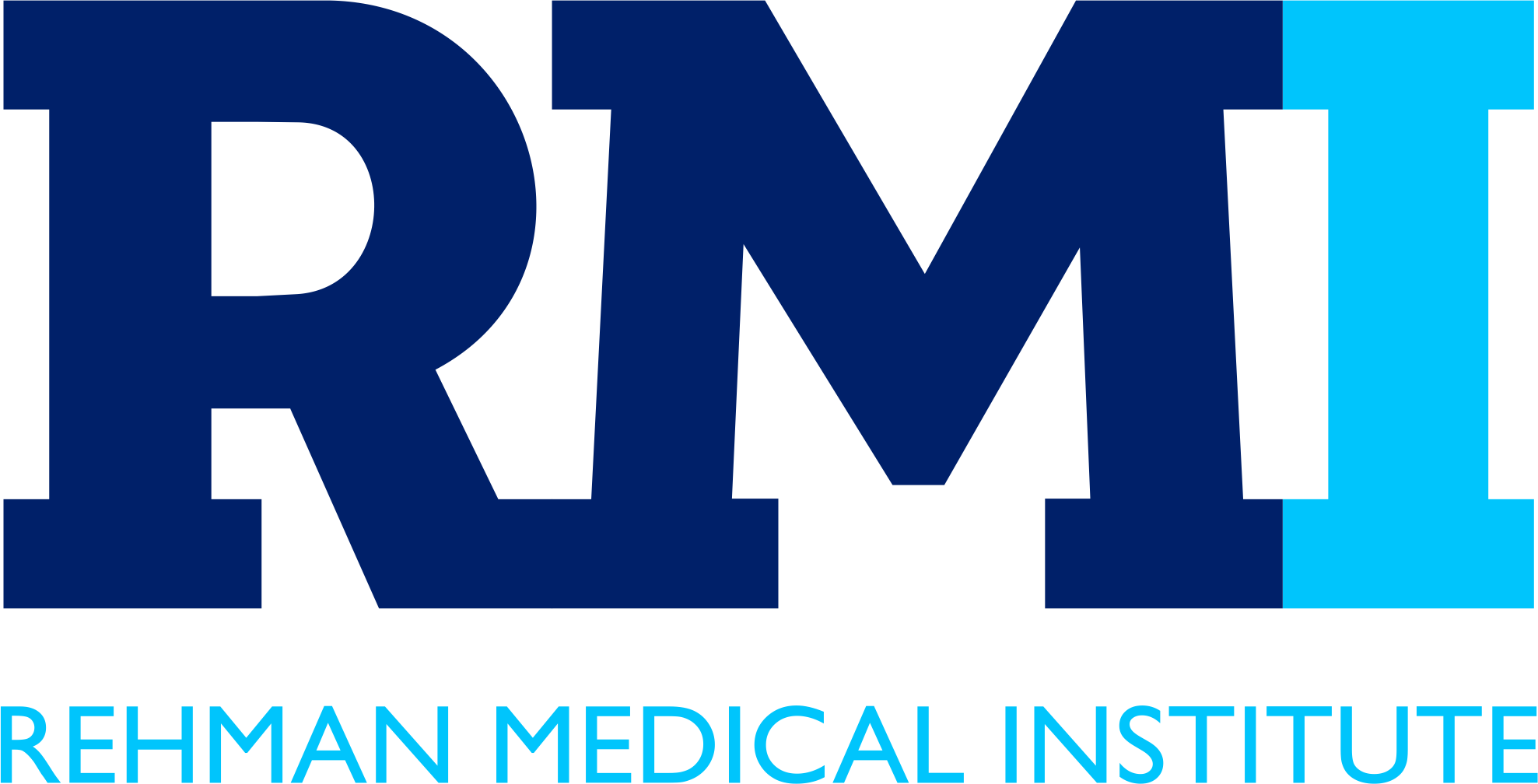Coronary Artery Disease
Understanding, Preventing, and Managing the Leading Cause of Heart Attacks
Coronary artery disease (CAD) remains a prevalent and potentially life-threatening condition, affecting millions worldwide. As the leading cause of heart attacks, understanding its intricacies, preventive measures, and management strategies is paramount for maintaining optimal heart health. Join us as we delve into the depths of CAD, shedding light on its origins, symptoms, and effective interventions to safeguard your heart.
What is Coronary Artery Disease?
Coronary artery disease occurs when the coronary arteries, responsible for supplying oxygen-rich blood to the heart muscle, become narrowed or blocked by a buildup of plaque. This plaque consists of cholesterol, calcium, and other substances, gradually restricting blood flow to the heart. Over time, reduced blood flow can lead to chest pain (angina), heart attack, or other serious complications.
Causes of Coronary Artery Disease
- Atherosclerosis: The primary cause of CAD, characterized by the buildup of plaque in the arteries.
- High Cholesterol: Elevated levels of LDL cholesterol contribute to plaque formation.
- High Blood Pressure: Hypertension increases the strain on the heart and accelerates plaque buildup.
- Smoking: Tobacco use damages blood vessels and promotes plaque formation.
- Diabetes: Uncontrolled diabetes accelerates atherosclerosis and increases the risk of CAD.
- Obesity: Excess weight strains the heart and worsens other risk factors for CAD.
Symptoms of Coronary Artery Disease
- Chest Pain (Angina): Pressure, tightness, or discomfort in the chest, often triggered by physical exertion or stress.
- Shortness of Breath: Difficulty breathing, especially during physical activity or when lying down.
- Fatigue: Feeling unusually tired or weak, even with minimal exertion.
- Heart Attack: Sudden chest pain, shortness of breath, nausea, sweating, and dizziness.
Preventive Measures
- Healthy Diet: Emphasize fruits, vegetables, whole grains, lean proteins, and healthy fats while limiting saturated and trans fats, cholesterol, sodium, and added sugars.
- Regular Exercise: Aim for at least 150 minutes of moderate-intensity aerobic exercise or 75 minutes of vigorous-intensity exercise each week, combined with muscle-strengthening activities on two or more days per week.
- Smoking Cessation: Quitting smoking reduces the risk of CAD and other cardiovascular diseases.
- Maintain a Healthy Weight: Achieve and maintain a healthy weight through a balanced diet and regular physical activity.
- Manage Chronic Conditions: Control high blood pressure, high cholesterol, and diabetes through medication, lifestyle modifications, and regular medical care.
Management of Coronary Artery Disease
- Medication: Prescribed medications may include statins, aspirin, beta-blockers, ACE inhibitors, and calcium channel blockers to manage risk factors and prevent complications.
- Lifestyle Modifications: Adopting heart-healthy habits, such as dietary changes, regular exercise, stress management, and smoking cessation.
- Cardiac Rehabilitation: Participating in a structured program that includes exercise training, education, and counseling to improve cardiovascular health.
- Surgery or Procedures: In severe cases, interventions such as angioplasty, stent placement, or coronary artery bypass grafting (CABG) may be necessary to restore blood flow to the heart.
